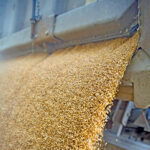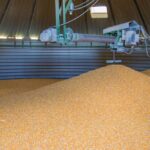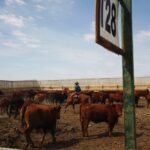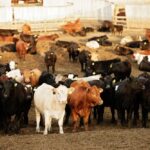
Export demand at seasonal high for Ontario crops
Pandemic continues to push wheat market; demand is peaking for corn

Klassen: Feeder market stabilizes
Cow-calf producers selling sooner than normal

Record yields for Ontario row crops
Soybean and corn yields surpass pre-harvest StatsCan estimates

Klassen: Feeder market making seasonal lows
Surge of Canadian cattle exports expected

Klassen: Fed cattle prices down on the week

Klassen: Feeder market continues downward slide
Prairies' snowstorm leads to risk discount

Slow harvest pace results in stronger domestic basis levels
Corn, soy markets supported by strong energy prices, tight supplies

Klassen: Feeder market on soft slope

Klassen: Feeder cattle market continues on downward trend

Rain slows Ontario harvest progress
Soybean yield looking strong, corn might be lower than earlier estimates


